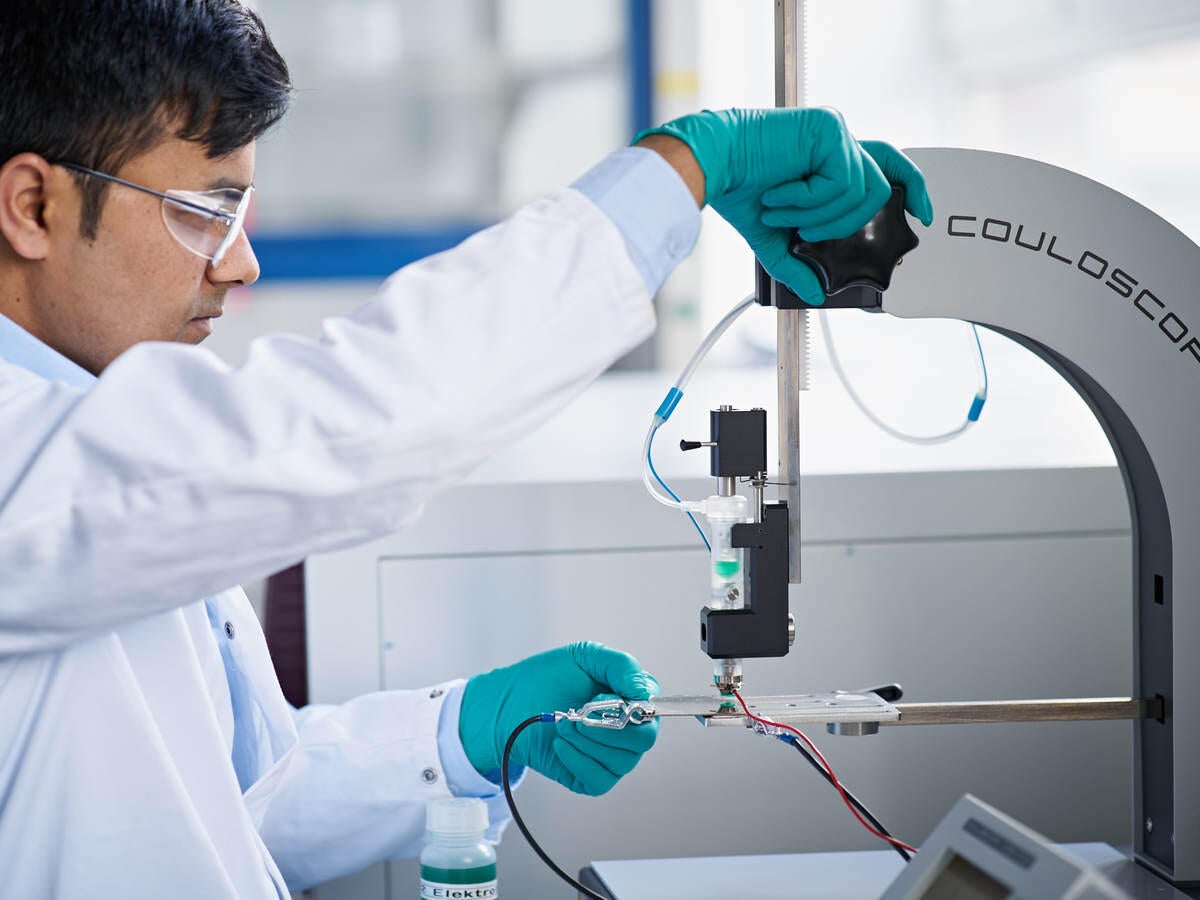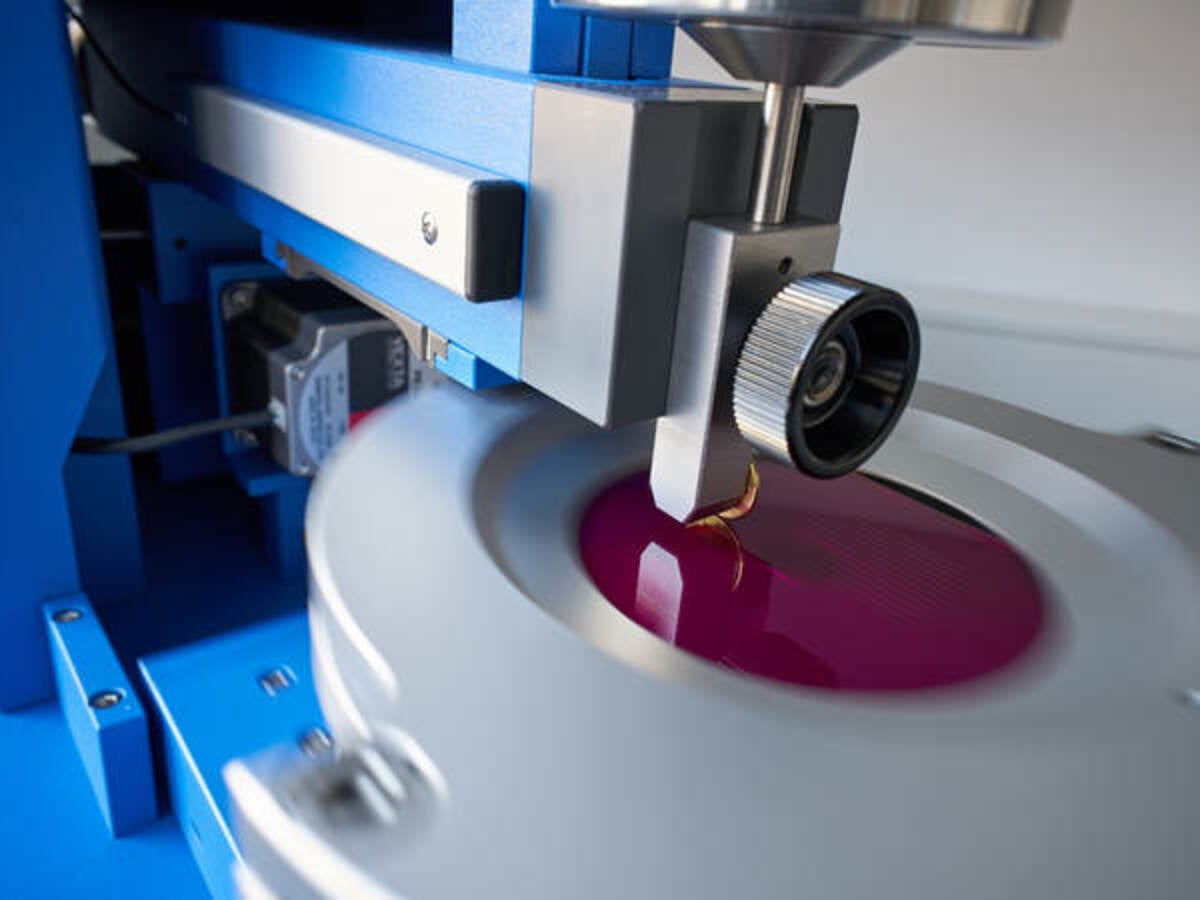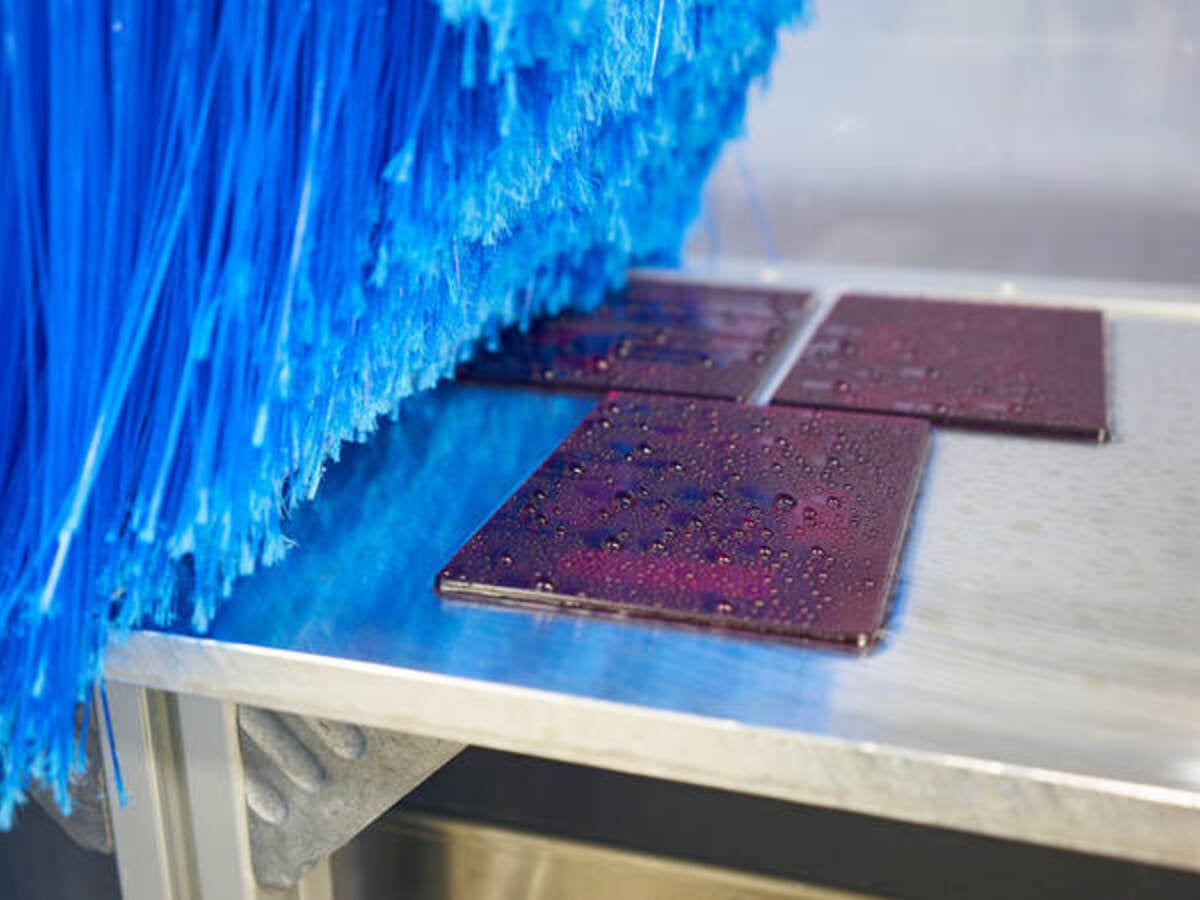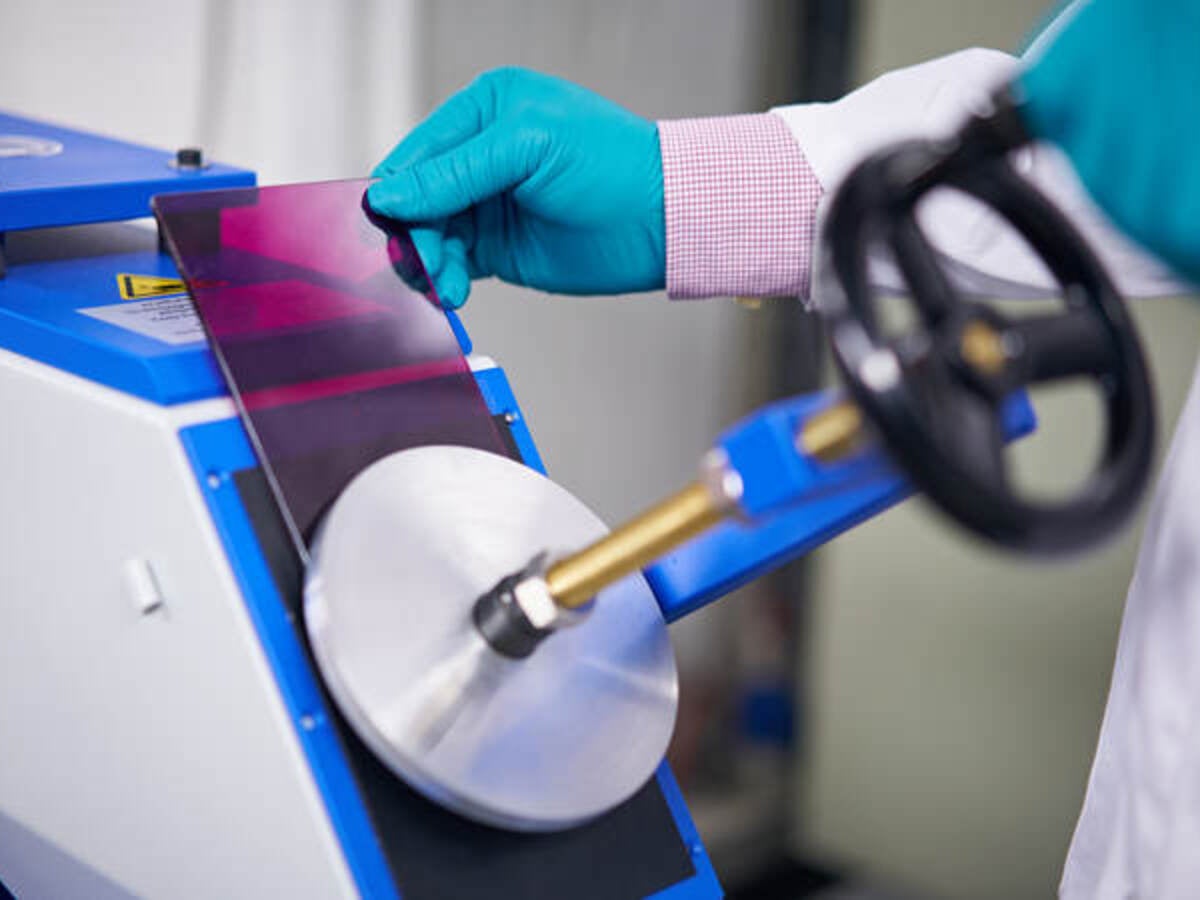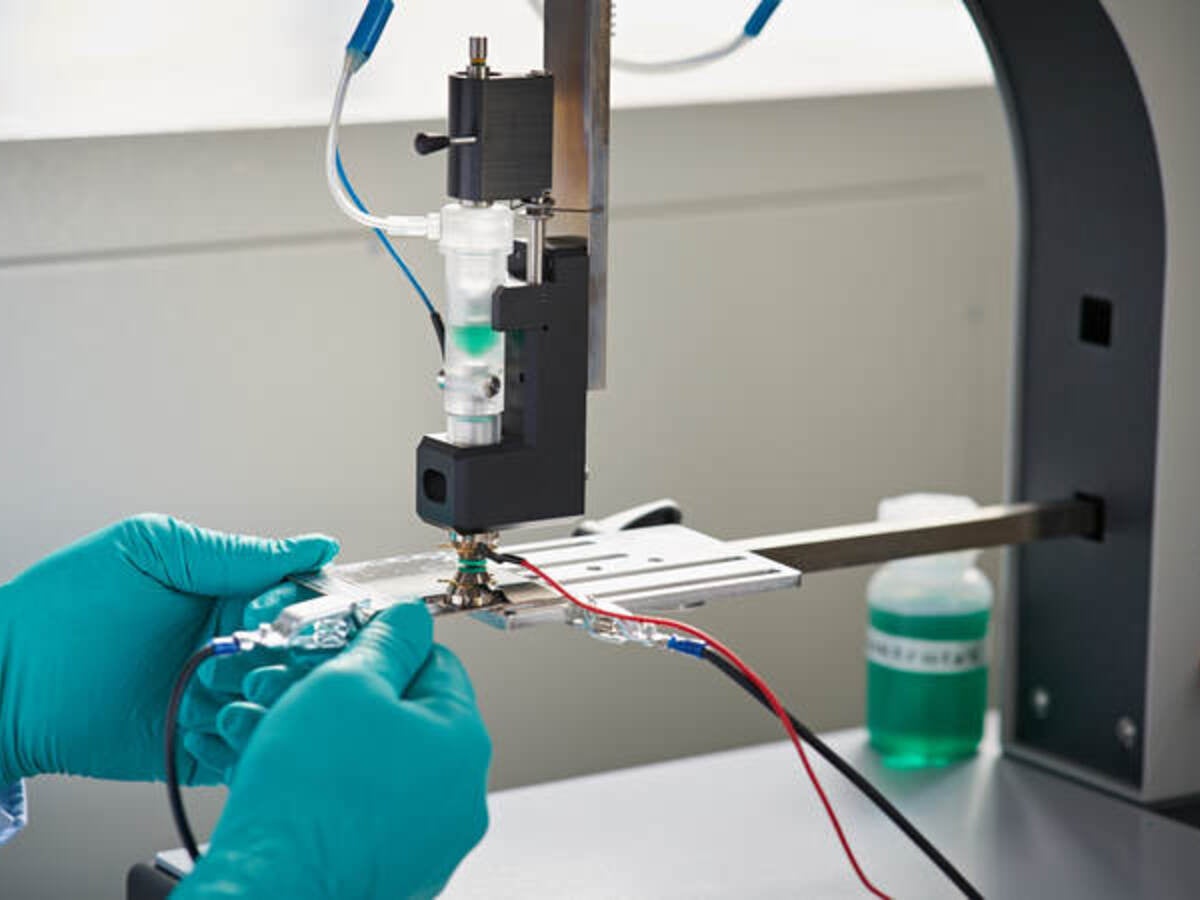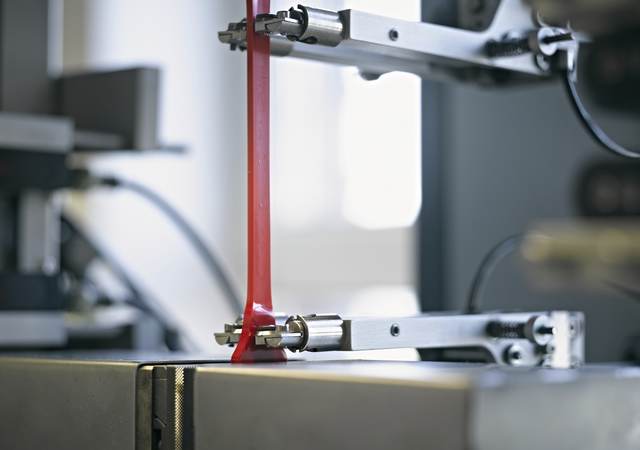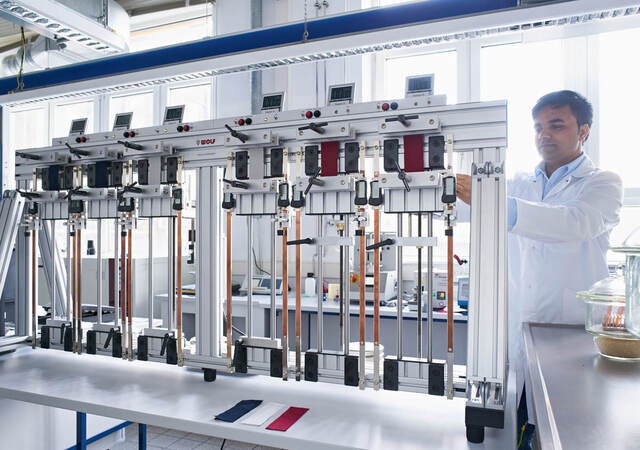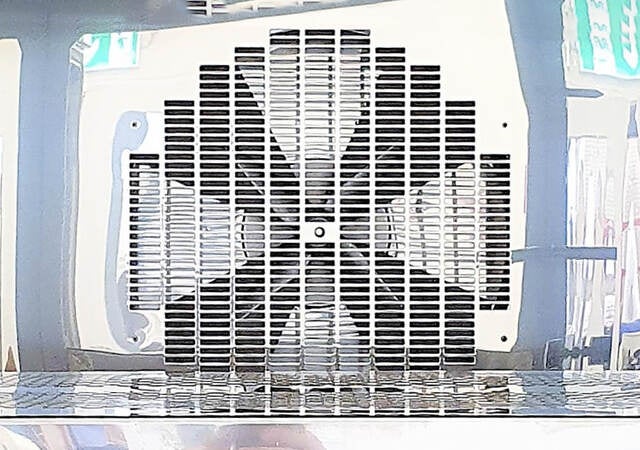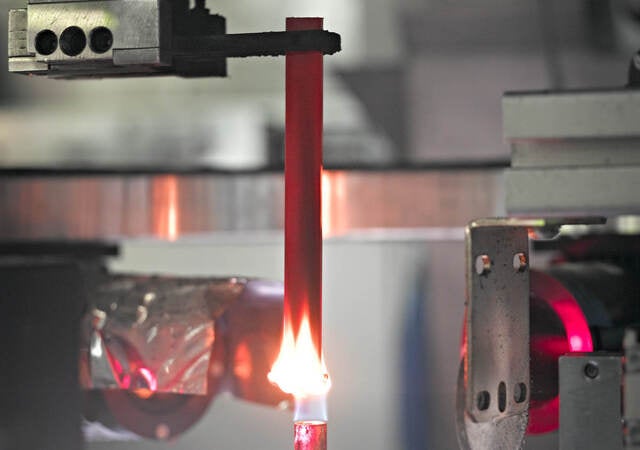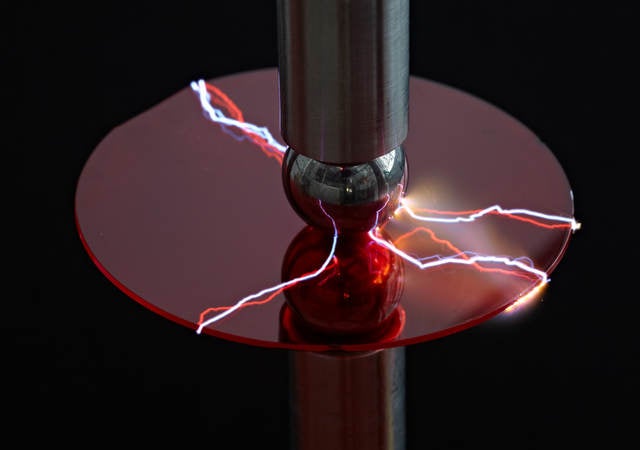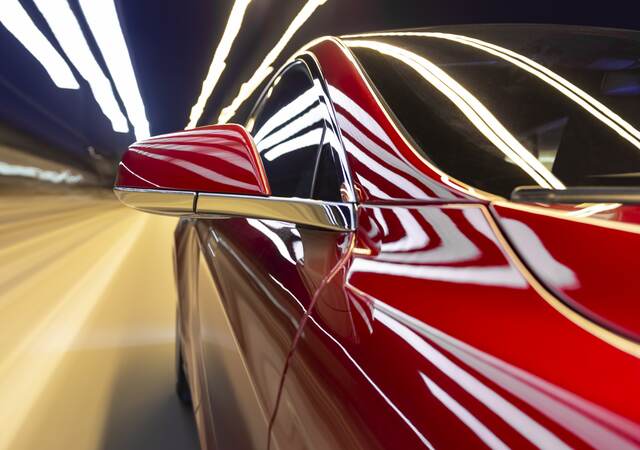In the perception of quality, surface properties in particular play an important role. In this overview you will find a selection of test procedures, which UL Solutions offers.
Surface scratch test
The Scratch Hardness Tester is a universal test instrument designed for carrying out a wide range of tests on varnished and plastic surfaces to determine their resistance to scratches and cuts
Single cuts, parallel cuts and - by turning the specimen by 90°- cross-cuts can be applied to test panels of various thicknesses. Adhesion tests using the cross hatch cut method (in accordance with most required standards) and for specific plastics scratch resistance and writing effect.
Common standards for surface scratch test
DIN EN ISO 2409, JIS K 5600-5-6, ASTM D 3359, SNV 37111, VDA 621-411, AA-0180, GME 60 280, GMW 14829, PV 3952, or equivalent standards
Car wash simulation
The Laboratory Car Wash in accordance to DIN EN ISO 20566 simulates the stress that automotive outer body shell paints and other surfaces are subjected to in automatic car washes.
During the process test panels are moved back and forth beneath a horizontally rotating washing brush. In order to achieve results which are as realistic as possible and to accelerate the test procedure, silica flour is added to the washing water to simulate dirt.
Common standards for car wash simulation
ISO 20566:2013, PV 3.3.3, DIN 55668, or equivalent standards
Stone hammer blow test
The Stone Hammer Blow Test is used to assess the ability of single and multiple layers of coating materials to stand up to the impacts caused by small objects, such as stones, hitting the specimen at high speed, as experienced on cars traveling on roads.
A defined number of impact bodies of specified shape, material and surface quality is made to impinge for a given period of time and with a defined energy at a determinate angle (54° in accordance with DIN/ISO) of impact onto the specimen.
Common standards for stone hammer blow test
508 VDA, DIN EN ISO 20567-1, Ford FLTM BI 157-06, Renault D24 1702, PSA D24 1312, Daimler DBL 5416, or equivalent standards
Metallic coating thickness
Here coating thicknesses and electrochemical potentials are measured according to the coulometric method.
This involves dissolving a metal coating from its metallic or non-metallic substrate by means of an electrolyte under controlled electric current, i.e. reversing the electroplating process (de-plating). The current required for de-plating is directly proportional to the mass of the metal to be removed. A clear correlation between the de-plating time and the coating thickness arises when the test current and area are both kept constant.
Common standards for metallic coating thickness
DIN EN ISO 2177, ASTM B764-94, DIN 50022, PV 1065, or equivalent standards
Get connected with our sales team
Thanks for your interest in our products and services. Let's collect some information so we can connect you with the right person.

